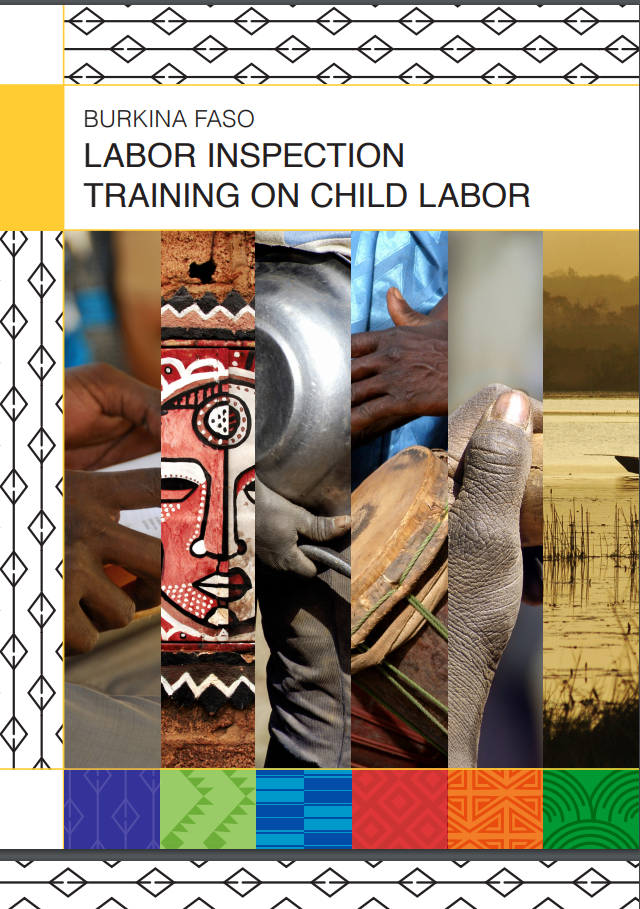How Can We Work Without Wages? Salary Abuses Facing Migrant Workers Ahead of Qatar’s FIFA World Cup 2022
GuidanceThe findings in this report show that across Qatar, independent employers, as well as those operating labor supply companies, frequently delay, withhold, or arbitrarily deduct workers’ wages. Employers often withhold contractually guaranteed overt...Read More

